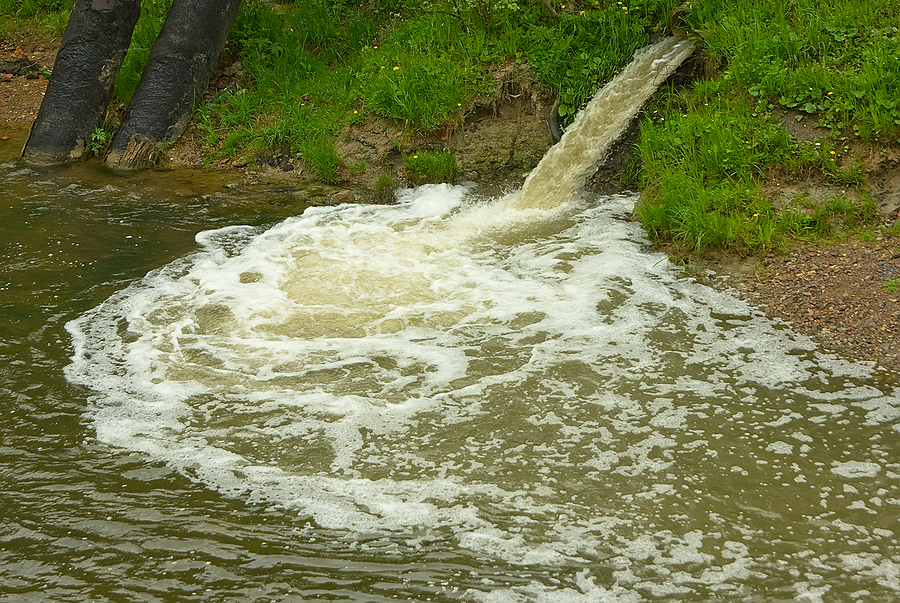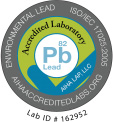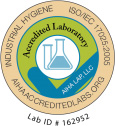
We all have heard that lead can be dangerous for people, but are you aware of the various ways that lead can also be harmful to the environment? If you own or maintain a property, you should have some idea about the amount of lead near your property and how it can have an effect on the surrounding soil, air, and water. SanAir Technologies Laboratory is known for is our accredited and comprehensive lead and metals testing that tells you exactly what you’re dealing with. Here are the ways that lead can impact the environment and why that should matter to you.
Impact on Air
Lead air pollution is a contributing factor to the overall quality of our ecosystem. According to the Environmental Protection Agency, lead in the air is a byproduct of metal processing, piston engines, waste incinerators, utilities, and lead-acid battery manufacturers. Although any amount of lead in the air is harmful to our bodies, it can also transfer into soil and water. Our laboratories use viable air sampling to help determine your levels of lead exposure in this capacity. We will compare the indoor lead samples to those taken outside of your home or business. It typically takes 5-10 days to return our findings.
Effect on Soil
SanAir tests and educates our clients on a variety of ways that lead can be found in soil. One thing about lead is that it can be present as dust in the environment indefinitely. If you own or maintain a property, you are liable for the health of those that use the premises and it is vital that you have control of the amount of lead present in your soil. Lead is found in soil most commonly from many years of exposure to leaded gasoline and other industrial practices. To avoid further lead exposure, our laboratories can work with you to determine if the amount of lead in your soil is unsafe. We recommend a sampling procedure known as Flame Atomic Absorption Spectrometry and Inductively Coupled Plasma Optical Emission Spectroscopy.
Lead in Water
Water can also carry lead particles that are harmful to animal and plant life. Lead often finds its way into water sources due to cross-contamination from air and soil. If you are concerned with lead in your drinking water, it can occur from corroded plumbing materials. It is important to get the water tested right away if there is a concern about lead contamination. Both indoor and outdoor waterways can be affected and can spread lead contamination into your soil and air.
Environmental Concerns
Lead present anywhere is a hazard for people everywhere. Our environment works in such a cycle that it is hard to contain this hazardous metal in just one place. If you have concerns about lead in general, give SanAir Technologies Laboratories a call today at 888-895-1177 to discuss your testing options. The sooner you act on a suspicion of lead, the better off you and your business or home’s surrounding environment will be. Remediating lead in our environment is a responsibility of us all.












